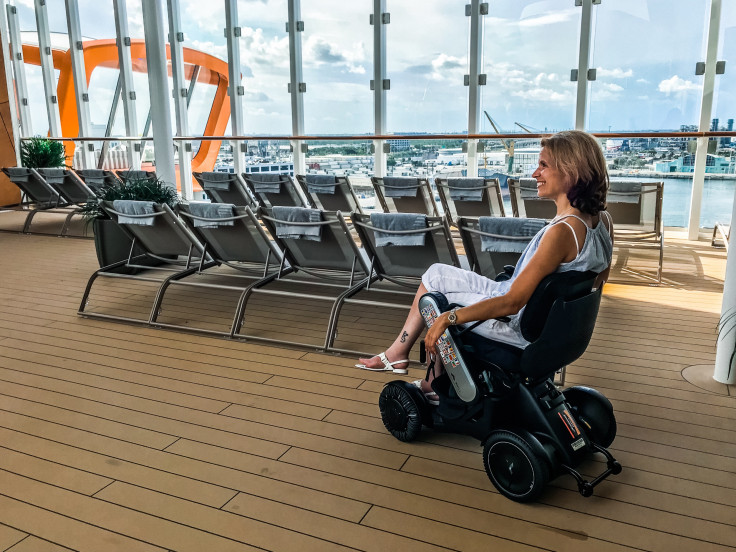COVID-19: Tokyo airport uses automated mobility solutions to aid social distancing
With labour shortages brought about by the COVID-19 pandemic, many have switched over to advanced machinery instead.
Aside from the use of personal protective equipment such as face shields and face masks, isolation and social distancing are effective means to prevent transmission of COVID-19. Hence, even with certain restrictions lifted in some countries, people are still instructed to take precautionary measures. Meanwhile, an airport in Tokyo, is apparently relying on cutting-edge technology to encourage the aforementioned practices. Moreover, the system offers passengers comfort and convenience on top of the novelty of a futuristic platform.
Perhaps the best description of this autonomous transport is that of a battery-powered wheelchair. Each can accommodate a single passenger and can safely operate with relative safety when it comes to collision detection. According to ABC News, it can even react to people who suddenly cross its path. Each unit apparently follows a pre-determined route throughout Haneda International Airport measuring roughly 600 meters.
Imagine a world where you can conveniently summon a mobility device to your location and abandon it wherever you complete your trip? Much like a car/bike sharing concept managed through your smartphone. Won't that be nice?
— WHILL US (@WHILL_US) May 31, 2020
(1/2) pic.twitter.com/fgg2FR7iiz
The company providing personal mobility machines is WHILL. With labour shortages brought about by the COVID-19 pandemic, many have switched over to advanced machinery instead. Satoshi Sugie, the Chief Executive of the technology provider, wanted to highlight the importance of companies adapting to what the market needs amid the health crisis. He stated: "We are rapidly developing our business in order to help restore a world where people can enjoy moving around with peace of mind."
Aboard the automated transport, passengers can move along at a maximum speed of approximately two miles per hour. Given the foot traffic in airports, this is to ensure safety of those who are riding and others who are walking. The user can interact with it via a touchscreen tablet interface. It is powered by rechargeable lithium-ion batteries and navigates back to where it was parked prior to operation. It uses high-tech sensors and cameras to traverse areas safely and efficiently.

Last year, the company conducted trials in the United States at the John F. Kennedy International Airport in New York. The Yokohama, Japan-based firm hopes that its system will see more usage in parks, hospitals, and shopping centres in the near future. For now, those who are travelling to the abovementioned airport in Japan can find it being used at Terminal One.
© Copyright IBTimes 2024. All rights reserved.





